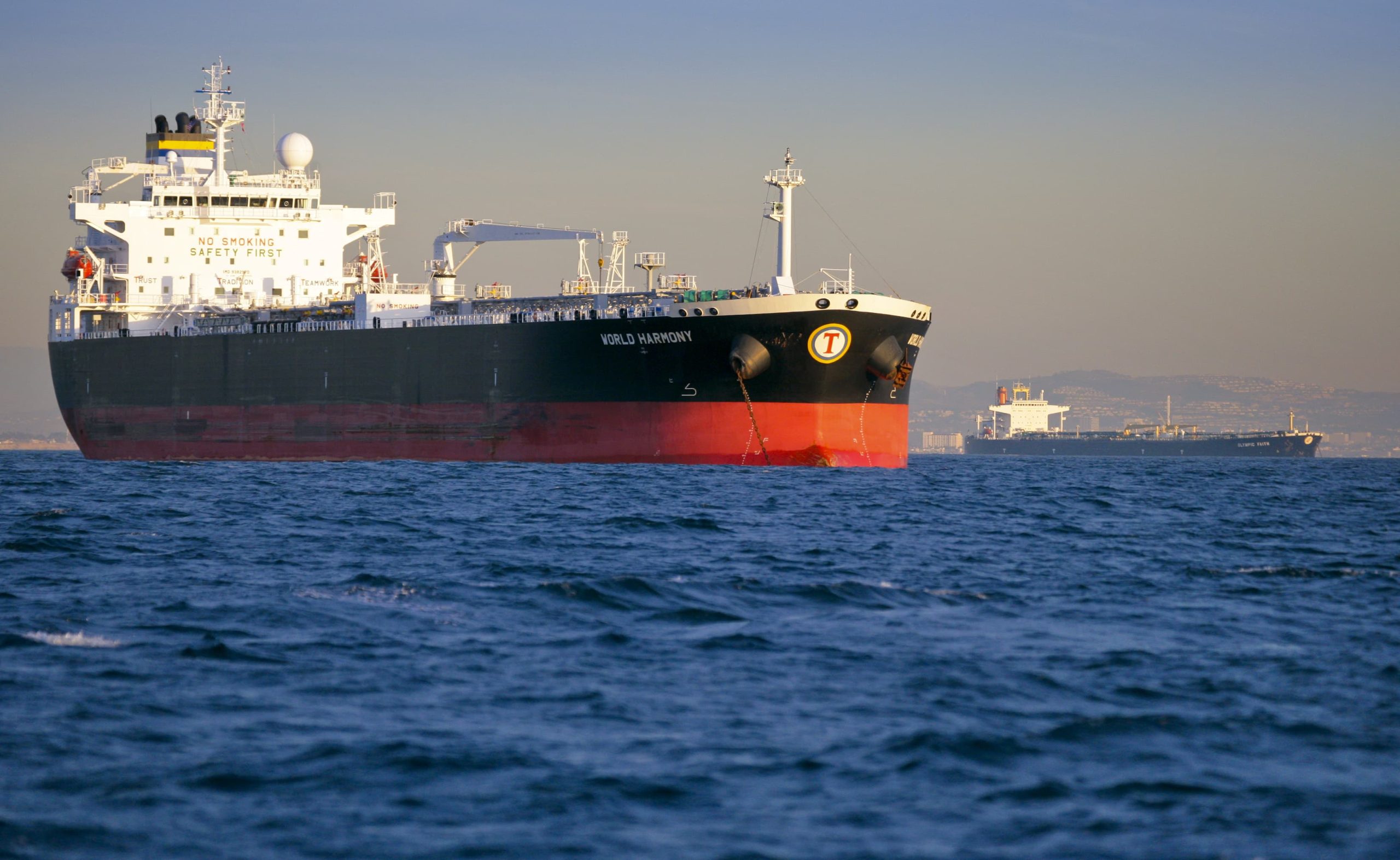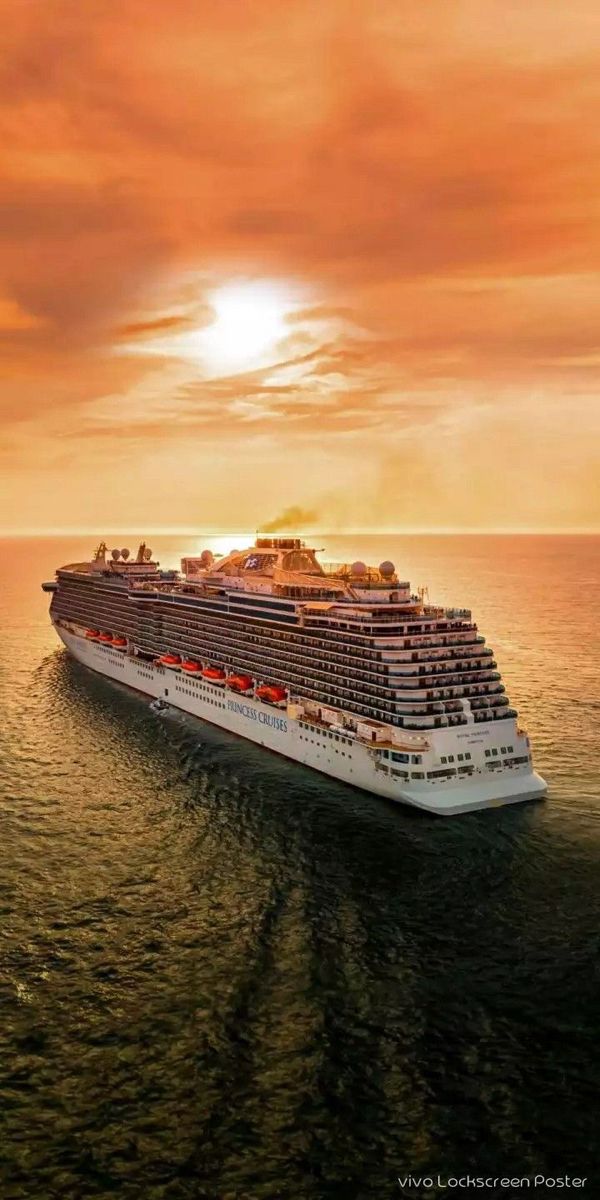Dirtyships: The Backbone of Global Crude Oil Transportation
Dirtyships, or dirty tankers, are specialized ships that carry unrefined petroleum products like crude oil, heavy fuel oil, and asphalt. Dirtyships are a vital part of the world economy, carrying raw hydrocarbons from oil-producing countries to refineries all over the world.

Design and Engineering of Dirty Tankers
Dirtyship design is specially designed to suit the special nature of unrefined petroleum. These ships have:
Cargo Tanks: Equipped with specialized coatings to manage heavy crude.
Heating Systems: Needed to preserve fluidity of viscous cargo.
Ballast Systems: Employed to ensure stability when the ship is not carrying a full load.
Double Hulls: A safety measure adopted to reduce the risk of oil spills in the event of collision.
The Role of Dirty Tankers in the Shipping Industry
The shipping industry has been using dirty tankers for decades to facilitate the smooth transportation of energy resources. Necessary as they are, dirty tankers create major environmental risks through oil spills, emissions, and pollution. Constant technological innovations and strict regulations, however, try to reduce these risks.

Types of Dirtyships
Dirty tankers are available in different sizes and types depending on their carrying capacity and the cargo they carry. The most typical types are:

Crude Carriers
With a carrying capacity of 200,000–320,000 deadweight tons (DWT), VLCCs are the most popular type used in intercontinental crude oil transport.

Suezmax
These tankers, with a capacity of up to 160,000 DWT, are specifically designed to pass through the Suez Canal.

Aframax
Medium-sized tankers with a capacity of 80,000–120,000 DWT, best suited for short-haul routes.

Panamax
Named after their capability to pass through the Panama Canal, these tankers carry about 60,000–80,000 DWT.
Loading and Unloading Operations
Loading Procedures
Loading and unloading crude oil is a highly technical process that demands strict compliance with safety protocols.
Oil is loaded from storage tanks or offshore platforms into tankers.
Accurate measurement systems ensure efficient loading without overfilling.
Inert gas systems prevent explosions by lowering oxygen levels in cargo tanks.
Unloading Procedures
Heating coils heat heavy crude for easy discharge.
Pumping systems transport cargo to refineries or storage tanks.
Crude oil washing (COW) systems assist in cleaning residue from tanks after discharge.
Smooth loading and unloading operations are essential to avoid delays and ensure cargo quality.


Environmental Challenges and Risks Associated with Dirtyships
Dirty tanker operation is associated with a number of environmental challenges:
Oil Spills: Disasters like the Exxon Valdez and Deepwater Horizon spills have resulted in catastrophic ecological destruction.
Air Pollution: Tankers release sulfur oxides (SOx) and nitrogen oxides (NOx), which contribute to climate change and acid rain.
Ballast Water Contamination: Ballast water discharge can lead to the introduction of invasive species into new ecosystems.
Carbon Footprint: Crude oil transportation is a major source of greenhouse gas emissions.
To mitigate these challenges, international regulations like the IMO 2020 sulfur cap mandate have been implemented to restrict sulfur content in bunker fuels.


Regulatory Framework Governing Dirty Tankers
A number of international agencies govern dirty tanker operation to ensure environmental compliance and safety:
International Maritime Organization (IMO): Implements MARPOL rules for pollution prevention.
Safety of Life at Sea (SOLAS): Maintains structural and operational safety standards.
Port State Control (PSC): Inspects foreign ships for adherence to international standards.
Classification Societies (Lloyd’s Register, DNV, ABS): Certifies vessel safety and seaworthiness.
Strict enforcement of these rules ensures the global tanker market to be sustainable.
Plan an Unforgettable Experience in Mykonos Today!
Economic Importance and Market Forces
Dirtyships contribute significantly to the global economy by enabling oil trade between countries. Their market forces are driven by the following factors:
Oil Demand and Supply: Global demand variations in crude oil drive tanker rates and utilization.
Geopolitical Tensions: Disruptions in shipping routes due to conflict in oil-producing nations may impact freight rates.
OPEC Decisions: Production cut or increase directly impacts tanker demand.
Chartering Contracts: Tankers sell on spot or time charter markets, which impact revenue predictability.
Understanding these market forces is important for maritime and energy stakeholders.
Ship Maintenance and Cleaning Processes
Cleaning and maintenance are required for efficient operation and regulatory compliance.
Crude Oil Washing (COW): Utilizes residual crude to clean tank walls, minimizing waste.
Decontamination Procedures: Required when changing from dirty to clean cargo.
Hull Cleaning: Prevents biofouling and enhances fuel efficiency.
Tank Inspections: Regular inspections ensure structural integrity and prevent corrosion.
Maintenance effectively enhances vessel lifespan and safety standards.
Oil Spills, Accidents, and Disaster Response
Notable Oil Spills
Even with strict regulations, accidents involving dirty tankers continue to happen. Some of the most infamous accidents are:
Exxon Valdez (1989): Caused huge environmental devastation in Alaska.
Prestige (2002): Spanish coast spill causing extreme marine pollution.
Amoco Cadiz (1978): One of the largest crude oil spills in history.
Prevention and Response Efforts
Oil Booms and Skimmers: Utilized to contain and recover spilled oil.
Chemical Dispersants: Assist in breaking down oil slicks.
Bioremediation: Microorganisms decompose oil naturally.
International Contingency Plans: Coordinated response action by governments and agencies.
Impact of Dirty Tankers on Ports and Coastal Infrastructure
Dirty tankers’ activities have a significant impact on port cities and coastal infrastructures:
Port Facilities: Must accommodate large ships and facilitate smooth crude transfer.
Economic Growth: Crude oil-handling ports benefit from increased trade.
Environmental Issues: Coastal regions suffer from pollution from spills and emissions.
Infrastructure Investments: Pipeline, storage tank, and berth upgrades enhance operating capacity.